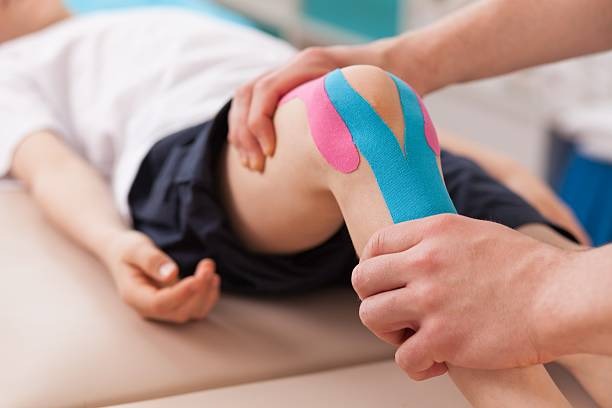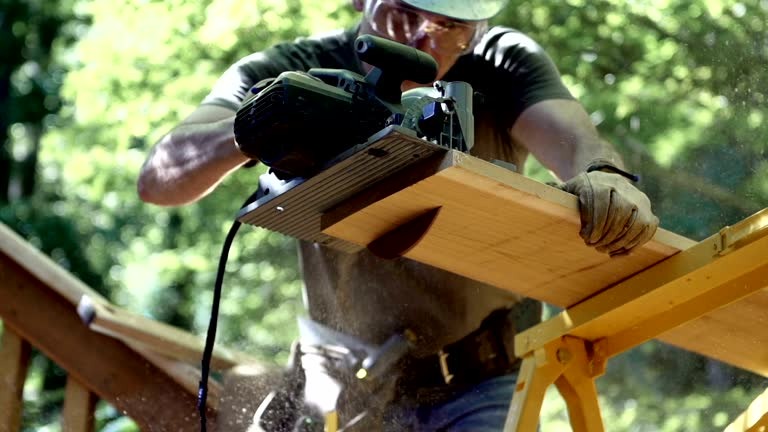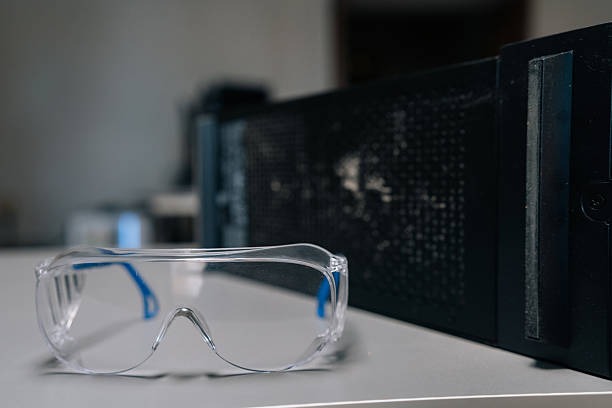
Physiotherapy plays a crucial role in the rehabilitation and recovery process of athletes suffering from sports-related injuries. Whether an individual is a professional athlete or someone who engages in recreational sports, injuries are almost inevitable due to the physical demands placed on the body. Physiotherapy offers a comprehensive approach to healing, focusing not only on alleviating pain but also on restoring function and preventing future injuries.
One of the primary ways physiotherapy aids in healing sports injuries is through personalized treatment plans tailored to meet the specific needs of each patient. A physiotherapist conducts thorough assessments to understand the extent of an injury, taking into account factors such as severity, location, and the athlete’s overall health status. Based on this assessment, they develop a customized program that may include exercises aimed at improving strength, flexibility, and range of motion.
Manual therapy techniques are often employed by physiotherapists to facilitate recovery. These hands-on techniques can include joint mobilization and manipulation as well as soft tissue massage. Such interventions help reduce pain and inflammation while promoting circulation to injured areas, thereby accelerating the healing process. Moreover, these techniques can improve tissue flexibility and break down scar tissue that may have formed post-injury.
In addition to manual Fixio therapy, therapeutic exercises form a cornerstone of physiotherapy treatment for sports injuries. These exercises are designed not just for recovery but also for enhancing performance levels once healing has occurred. They focus on strengthening muscles around an injury site without placing undue stress on it during early stages of recovery—gradually progressing in intensity as healing advances.
Physiotherapists also educate athletes about proper biomechanics and posture during their sporting activities which is crucial in preventing re-injury or new injuries from occurring. Understanding how different movements impact various parts of their bodies helps athletes make necessary adjustments that protect them against potential harm.
The use of modalities such as ultrasound therapy or electrical stimulation further complements traditional physiotherapy methods by offering additional avenues for pain relief and muscle relaxation during rehabilitation phases.
Finally, psychological support provided by physiotherapists cannot be understated; recovering from an injury can be mentally challenging for many athletes who fear losing their competitive edge or facing long periods away from sport participation—a factor that could affect motivation levels negatively if not addressed properly within therapeutic settings.
Overall, through its multifaceted approach encompassing physical rehabilitation strategies combined with educational components geared towards prevention—physiotherapy stands out as an indispensable ally in helping individuals overcome common sports-related injuries efficiently while paving pathways toward long-term athletic success devoid of recurrent setbacks caused by preventable conditions.





